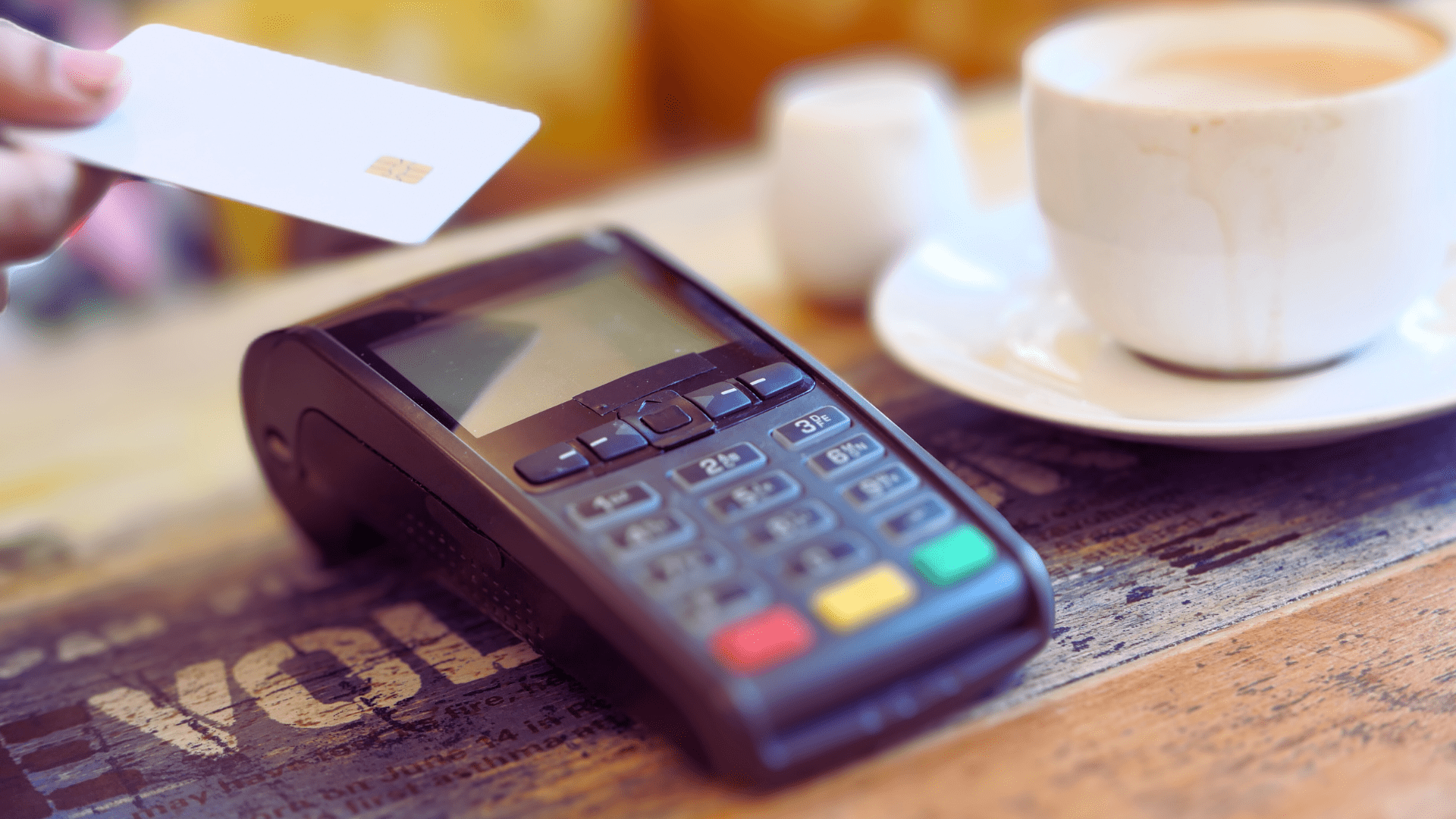Transparency, seamless integration, and fee elimination are just some of the benefits of a dual pricing program
Operating costs are on the rise and many business owners are left worrying about managing costs and maintaining a profitable business. One of the largest cost centers many business owners face is the ever-increasing cost of accepting credit cards. But since credit cards are a rule of the game in business these days, not taking them is not really an option.
Businesses are responding to these rising costs in a number of ways, with varying levels of success (and legality!). Today, we’re sharing how implementing a dual pricing program in your facility can help you reduce those costs while benefiting both you and your guests. Read on for seven benefits of a dual pricing program.
What is Dual Pricing?
First things first, what is dual pricing? In terms of cash vs. credit card pricing, dual pricing refers to the practice of merchants charging different prices depending on whether the customer pays with cash or a credit card. It involves charging an escalated price for purchases using a credit or debit card to cover the costs associated with accepting credit card payments.
No. 1: You don’t have to raise your prices.
One of the ways businesses have been combating rising operational costs is to raise prices across the board. And while that is an option, it may not close the gap in profitability. And if inflation over the last couple of years already caused you to raise some or all of your prices, now may not be the time to do so again. Dual pricing allows you to keep prices the same, charging guests your product price when they pay with cash and only charging an elevated price for guests paying with cards.
No. 2: Your profitability is fixed.
When you offer dual pricing in your facility, your profitability remains the same no matter how your guests pay. This means no fluctuations in processing costs based on card type, bank, rewards program, or anything else. A dual pricing program allows you to price your offerings with the profitability you intend, and help you achieve those margins more consistently because you’re not paying fluctuating costs.
No. 3: Guests have the choice in how they pay.
Unlike raising your prices for all your guests to cover your processing costs, dual pricing programs allow you to let your guests decide the payment option that makes the most sense for them. More budget conscious guests will appreciate the opportunity to pay a lower price when using cash while perhaps rewards or convenience-minded guests will decide that using a card is still the right choice for them.
No. 4: Processing costs are paid by card holders.
By applying a dual pricing approach, you ensure that the additional expenses incurred from credit card transactions are borne by the guests who choose to use that payment method, rather than spreading the costs across all guests when factoring them into the general pricing structure. This way, guests who pay with cash or other non-credit card methods are not indirectly subsidizing credit card processing fees.
No. 5: Prices are displayed seamlessly.
There are many ways merchants are implementing cash discounting or credit card surcharging, often with a manual process of applying fees. But with the right merchant services provider, dual pricing programs are integrated so they seamlessly display both cash and card prices on payment terminals. This feature ensures that pricing is set at the right fee structure every time, presenting guests with clear and transparent pricing options to choose from.
No. 6: Guests appreciate transparency.
Transparency goes a long way to building consumer confidence and when you implement a dual pricing strategy with automatic calculations presented for guests, they appreciate the transparency in your approach. Rather than your teams having awkward conversations about surcharging, staff can simply explain that they have several payment options to choose from, which they will see and choose on the PIN pad.
When presented with clear side-by-side options, it’s easy for guests to see how much each option will be, so they can make an informed decision about the payment method that makes the most sense.
No. 7: You eliminate nearly all of the costs associated with processing credit cards.
Perhaps the most important benefit of a dual pricing program is that you can eliminate nearly all of the costs associated with credit card payment processing. Processing costs are covered by the guest who chooses to pay with a credit or debit card rather than you having to absorb those costs. It’s that simple.
Search Resources
Subscribe to Email Updates
Featured Resources
News //
CenterEdge Chosen as Exclusive Software Partner for Launch Entertainment Growth Plan

Blogs //
How to Build Better Relationships With Your Guests

Blogs //
7 Steps to an Improved Guest Experience

Blogs //
5 Features of CenterEdge’s New Integration with Semnox

Posts by Topic
- Advantage Payments (7)
- Brand Management (19)
- Business Growth (81)
- Capacity Management (2)
- CenterEdge News (30)
- Client Interviews (9)
- Credit Card Processing (3)
- Data & Reporting (12)
- Digital Signage (1)
- Event Management (20)
- Facility Management (10)
- Food & Beverage (8)
- Guest Experience (34)
- Guest Management (20)
- Holiday Season & Promotions (5)
- Industry Events (12)
- Inventory Management (1)
- Loyalty Programs (8)
- Marketing Tips (24)
- Operations (1)
- Point of Sale (10)
- Product Launch (11)
- Productivity (5)
- Profitability (35)
- Redemption Management (1)
- Sales (35)
- Season Passes (1)
- Team Training (60)
- Waivers (2)

Leave a Comment